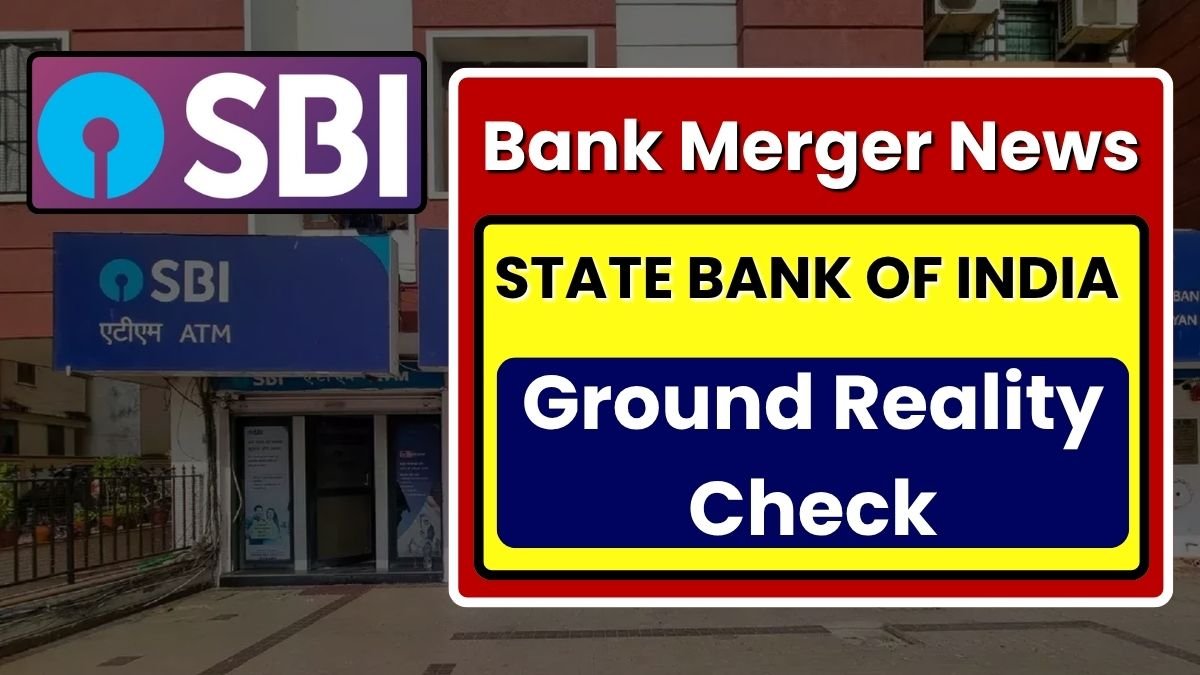SBI Backs New Bank Merger Plan: If you’ve been following bank merger news lately, you might’ve noticed a quiet buzz around another big consolidation push in India’s public sector banks. And here’s the interesting part — SBI itself thinks it’s a good idea.
I know mergers can feel complicated, almost like someone rearranging the furniture in your house without asking. But if you look closely at what SBI’s top leadership is saying, there’s a bigger story playing out — one that could shape India’s banking future for decades.
Why SBI Is Backing Another Round of Bank Mergers
Here’s the thing: India is sprinting toward becoming a major global economy. And as SBI Chairman Challa Srinivasulu Setty put it, smaller public sector banks often struggle to compete at the scale India now demands.
His point is simple — when your economy grows fast, your banking backbone must grow even faster. A scattered system with many small banks can slow things down. A stronger, consolidated structure can speed things up.
Think about it this way: if you’re building a highway across the country, you need big, steady vehicles — not tiny scooters trying to keep up.
Today, after years of mergers, India has 12 public sector banks left. SBI sits at the top with:
- A balance sheet of $787 billion,
- 22,500+ branches,
- Over 50 crore customers.
That’s not just big — that’s global-scale big. Yet, when you look at global rankings, only SBI and HDFC Bank make it to the top 100 banks worldwide.
Setty believes consolidation can help India climb higher.
Why the Government May Be Thinking the Same Way
The government has a larger plan in motion — making India a developed nation by 2047. For that, the banking sector needs to grow from contributing 56% of GDP to nearly 130%.
That won’t happen with a dozen unevenly-sized banks operating on different efficiencies.
Big national goals need big, capable banks.
The government is also eyeing banks that can support massive infrastructure and industrial growth. When you need to finance projects worth thousands of crores, you need lenders who are built for that scale.
SBI’s Ground Reality Check
From what I’ve seen in similar financial cycles, stress usually shows up early in sectors like exports or heavy industry. But SBI says there’s no serious crisis yet — even with global uncertainty and US tariffs.
They’re still backing exporters and offering temporary relief where needed. That’s a sign of stability.
On corporate loans, Setty admits competition is fierce. India doesn’t have an endless supply of big borrowers, so every bank fights hard for quality clients. Despite that, SBI has raised its credit growth forecast to 12–14% this year — another sign of confidence.
Where Does This Leave You?
If another wave of mergers comes, customers won’t lose money or security — but they might gain:
- More services under one roof,
- Faster loan approvals,
- Better digital systems,
- And banks with stronger financial muscle.
In the long run, a tighter, more efficient banking system usually means more stability for everyone — businesses, depositors, and the economy.
Frequently Asked Questions
1. Will bank mergers affect customers’ accounts or deposits?
Not in a negative way. Deposits remain fully safe, and services often improve after mergers due to stronger tech systems and wider branch networks.
2. Why is the government considering more bank mergers?
To strengthen public sector banks, improve global competitiveness, and support India’s push toward becoming a developed economy by 2047.
3. How many public sector banks are there currently?
There are 12 government banks, including SBI, PNB, Bank of Baroda, Canara Bank, Union Bank, and others.





Yes it is necessary to form a healthy banking system that grows from a healthy
Customer base to international competitor.A strong bank will be able to give much desired result in the world banking system.